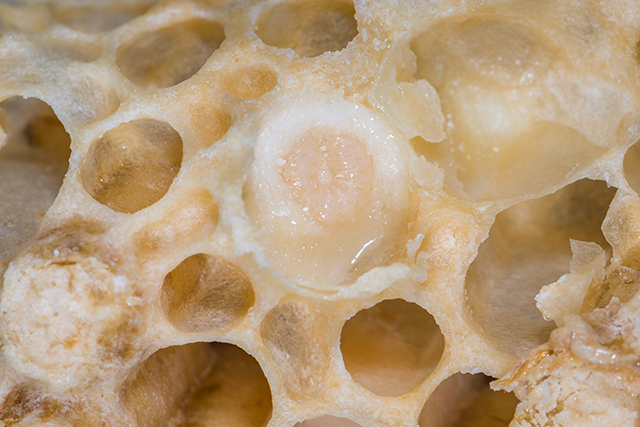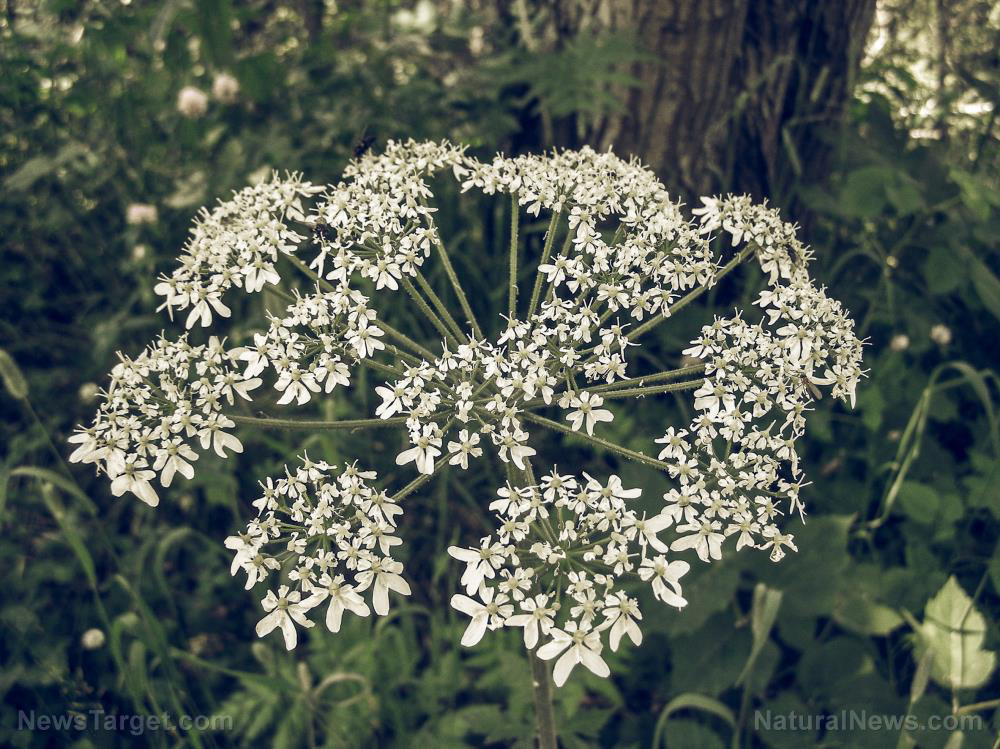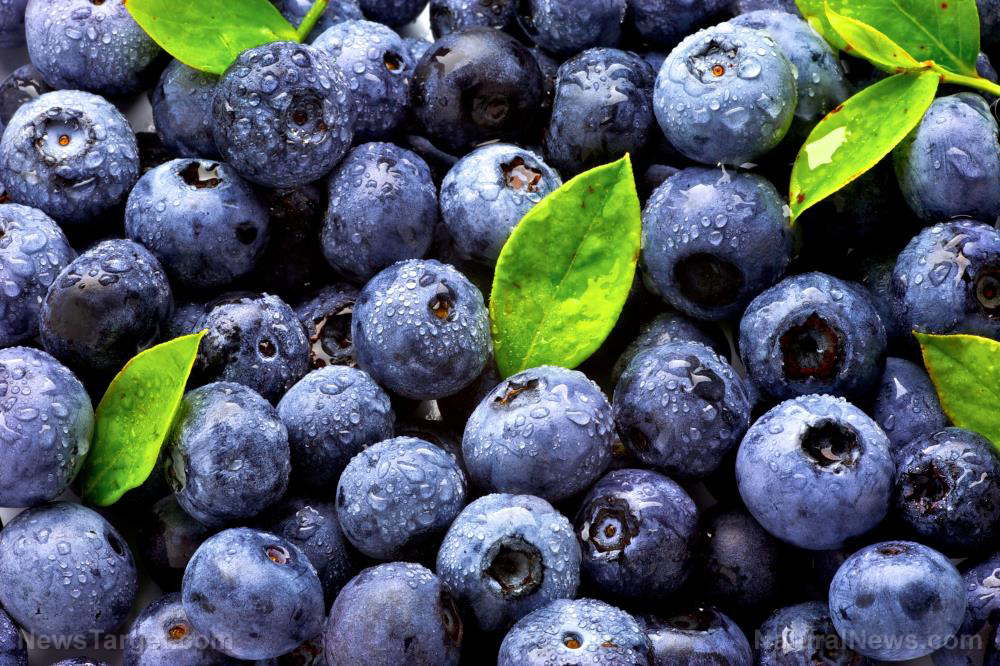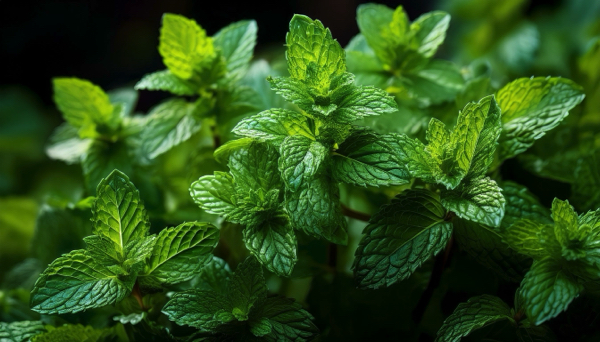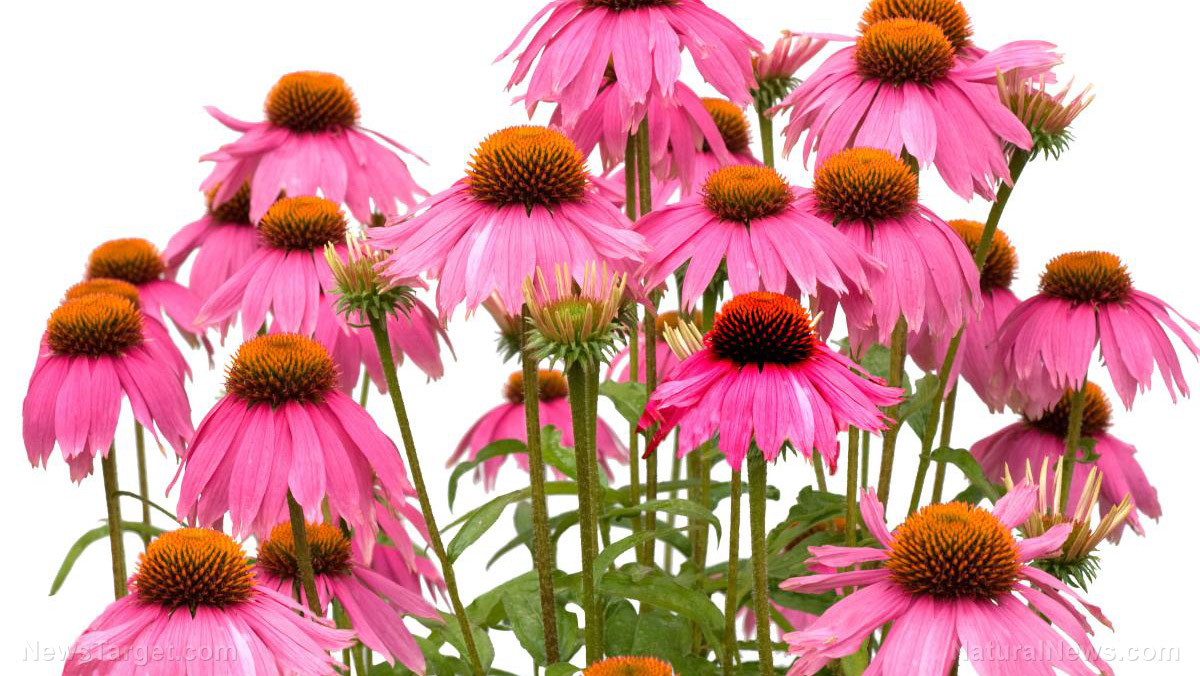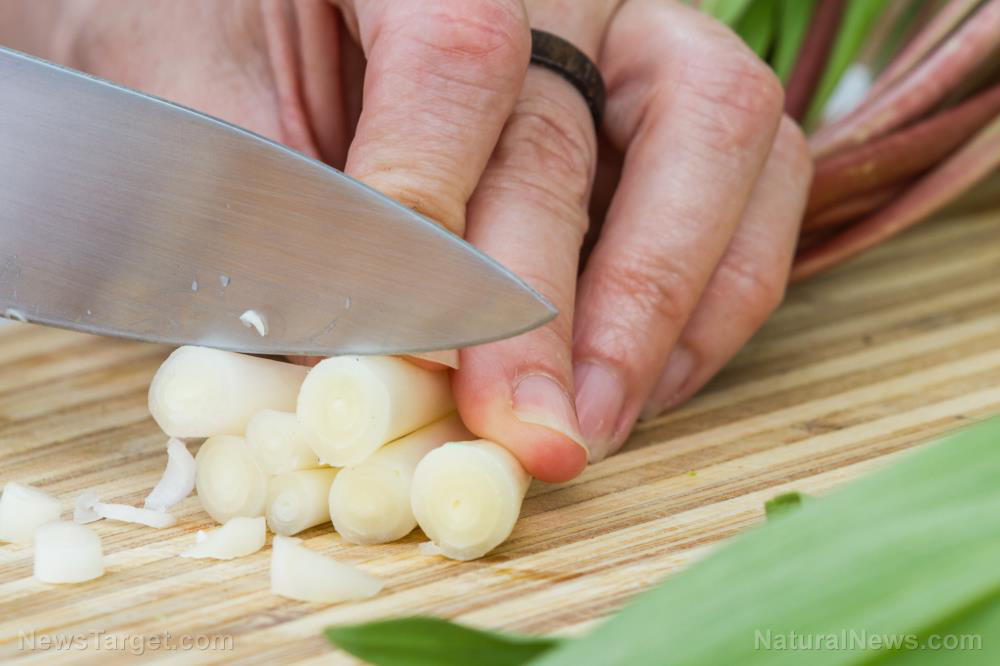Powerful and proliferative: the formidable purslane
09/11/2024 / By News Editors

What is considered a weed to some may be a powerful medicine to others. Valued in many cultures worldwide, this herbaceous succulent provides an array of vitamins, minerals, and antioxidants. It’s omega-3 content rivals any other green land plant and often grows almost uncontrollably
(Article republished from GreenMedInfo.com)
Walking like an Egyptian was something the Bangles taught us, but if we wanted to eat like the Egyptians it would include the addition of purslane. Common purslane (Portulaca oleracea) is often overlooked as it sprawls out of sidewalks, driveways, and is considered a pesky weed to many gardeners. But this superfood has been cultivated for over 2000 years and has an extensive culinary and medicinal history. Purslane is a creeping plant that forms an intricate branching mat over large areas of ground. With leaves that are round, green, and have a waxy appearance, purslane belongs to the succulent family. The round stem stays fairly close to the ground and varies in color. Once you are able to identify purslane, you will be surprised at its ability to thrive in some of the harshest growing conditions.
Perhaps its ability to thrive in stressful environments is part of what makes this plant so beneficial. Purslane contains an impressive amount of alpha-linolenic acid (ALA), an essential omega-3 fatty acid. In fact, it ranks near the top for omega-3 concentration amongst the green leafy land plants. With the growing demand for omega-3 supplementation and a dwindling wild fish population, purslane offers an abundant and cheap alternative.
One hundred grams of fresh purslane leaves (one serving) contain about 300-400 mg of 18:3w3 [alpha-linoleic acid]; 12.2 mg of alpha-tocopherol; 26.6 mg of ascorbic acid; 1.9 mg of beta-carotene; and 14.8 mg of glutathione. We confirm that purslane is a nutritious food rich in omega-3 fatty acids and antioxidants.” [Simopoulos AP, 1992]
Aside from omega-3s, this weedy warrior contains vitamins A, C, and E, magnesium, potassium, iron, manganese, and protein. With its nutrient-dense constitution, this plant can provide a plethora of health benefits.
Purslane is such a powerful antioxidant that it can protect against one of the most harmful substances to the liver, acetaminophen (one brand name is Tylenol). In a scientific study, ethanolic extracts of purslane were used to examine its protective effects on acetaminophen liver toxicity.
Why does this matter? Because acetaminophen is responsible for more fatalities annually than any pain reliever sold over-the-counter, and there are lots of them. Poison control receives more inquiries about acetaminophen toxicity than any other substance, upwards of 100,000 calls per year. According to Medscape, “In the United States, acetaminophen toxicity has replaced viral hepatitis as the most common cause of acute hepatic failure and is the second most common cause of liver failure requiring transplantation.” Acetaminophen doesn’t always act alone in drug therapy, and is often used in combination with other prescription or over-the-counter drugs. Even when combined with other drugs, acetaminophen was still primarily responsible for any fatalities that occurred [Doyon S, 2013].
BUT don’t worry there is some good news out of this unfortunate pharmaceutical-induced conundrum, purslane to the rescue! The results of that purslane and acetaminophen study elucidated a few of the mechanisms by which purslane defended the liver from its mortal enemy. Purslane was able to protect liver cells from oxidative damage and even reverse some of the damage caused by reactive oxygen species (ROS) [Liu XF, 2015]. Decreases in IL-6 (interleukin 6) and TNF? (Tumor Necrosis Factor alpha) were also seen which demonstrates the ability of purslane to modulate the inflammatory process. In a separate study, purslane and nine other plants were tested for their effects against the hepatitis C virus (HCV). Purslane was the only plant that triumphantly displayed liver-protective benefits. An impressive 70% inhibition of HCV infection in liver cells was recorded, and authors concluded it “could offer a future option to treat chronic HCV.” [Noreen S, 2015]
Additionally, there are many other scientifically-supported reasons to add this incredible edible to your diet. The side benefits of this proliferative plant include:
- Completely removed BPA (and other phenolic endocrine disruptors) from water in 24 hours [Imai S, 2007]. Just one gram of purslane was used per 25 mL of water. Researchers even manipulated the temperature, pH, and concentration of BPA (same results were found for concentrations of BPA up to 5 times more than originally tested).
- In an animal model, purslane was able to prevent gastric damage that was chemically induced by hydrochloric acid (HCl) or ethanol, both of which are very corrosive and painful gastric irritants. The protection by purslane was dose-dependent and the results were comparable to a commonly used anti-ulcer medication called sucralfate [Karimi G, 2004]. It’s unfortunate these results have to be replicated in animals when traditional use of purslane included treating gastrointestinal diseases.
- Significantly decreased inflammation and pain when compared to the control, which was the prescription drug diclofenac sodium [Chan K, 2000].
- Muscle relaxation which was attributed to its high potassium content [Habtemariam S, 1993].
- Neuroprotection when mice cortices were exposed to hypoxic (low oxygen) conditions. The purslane extract increased the cell viability even under a greater than 50% reduction of normal atmospheric oxygen concentrations [Wang W, 2007].
- Provided 83% improvement (either partial or total) in a clinical trial on patients with oral lichen planus (OLP). OLP is uncommon but a very painful chronic inflammatory disease that can cause sores, lesions, and blisters in the mouth, on the skin, or other mucous membranes of the body. According to a 2016 scientific review of 19 published studies on the association of HCV and OLP, people with HCV are more likely to suffer from OLP [Alaizari NA, 2016].
- Purslane seeds significantly reduced abnormal uterine bleeding in 80% of the patients in a 2009 clinical study [Shobeiri SF, 2009].
- A temporarily favorable effect on bronchodilation in patients with asthma. According to the study, “The onset of brochodilatory effect of extract was similar to that of theophylline beginning 60 min, but the effect of extract decline after 120 min after administration. In conclusion, the results of the present study showed that Portulaca oleracea has a relatively potent but transient bronchodilatory effect on asthmatic airways.” [Malek F, 2004].
Start growing your own purslane here, and it does spread – so make sure you plan accordingly. Or if you have properly identified this plant (generally a good rule of thumb is to verify plant identification in 2 or 3 reference books before consuming), start adding it in small quantities to your diet. Try substituting some purslane for basil in a pesto recipe, fresh leaves in a salad, ground cover in your garden, or in your next glass of water!
Read more at: GreenMedInfo.com
Submit a correction >>
Tagged Under:
acetaminophen, alternative medicine, antioxidant, food cures, food is medicine, food science, health science, herbal medicine, herbs, liver health, natural cures, natural health, natural medicine, nutrients, nutrition, phytonutrients, plant medicine, purslane, remedies, Xpost
This article may contain statements that reflect the opinion of the author
RECENT NEWS & ARTICLES
consumerwellness.info is a fact-based public education website published by consumerwellness.info
All content copyright © 2023 by consumerwellness.info
Contact Us with Tips or Corrections
All trademarks, registered trademarks and servicemarks mentioned on this site are the property of their respective owners.




